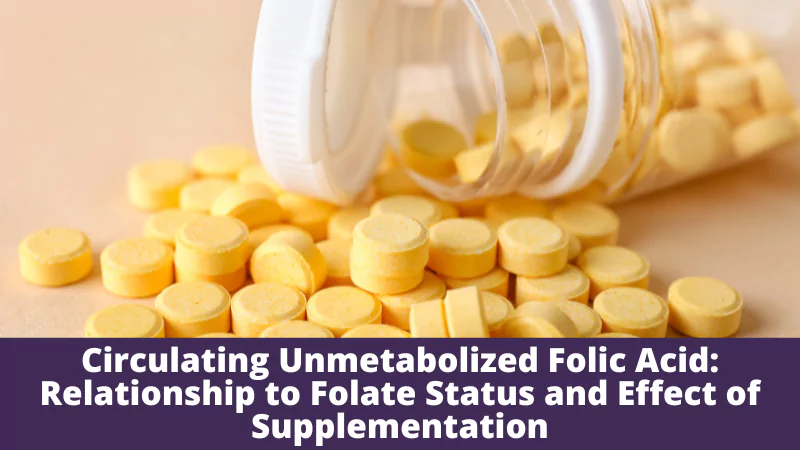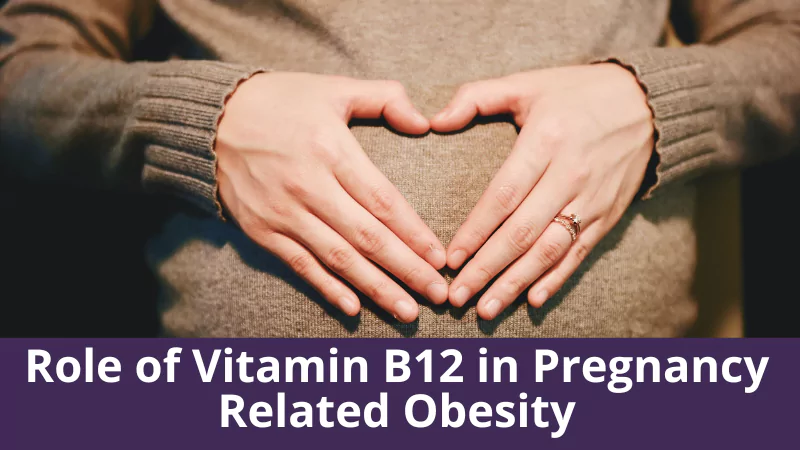Abstract
There are increasing concerns that exposure to unmetabolized folic acid, which results from folic acid intakes that overwhelm the liver’s metabolic capacity, may be associated with adverse effects. In this paper, we examined the folic acid status of women of reproductive age in relation to dietary intake and the effect of folic acid supplementation (1.1 mg or 5 mg). Plasma unmetabolized folic acid was not significantly correlated with folate intake estimated by food frequency questionnaire or biomarkers. The proportion of women with detectable levels of unmetabolized folic acid increased from 65% to 100% after twelve weeks of supplementation (P < 0.05); however, the increase in concentrations did not reach statistical significance and the effect was not sustained. Moreover, there were no significant differences between the two doses. This suggests that there are mechanisms by which the body adapts to high folic acid intakes to limit exposure to unmetabolized folic acid.







